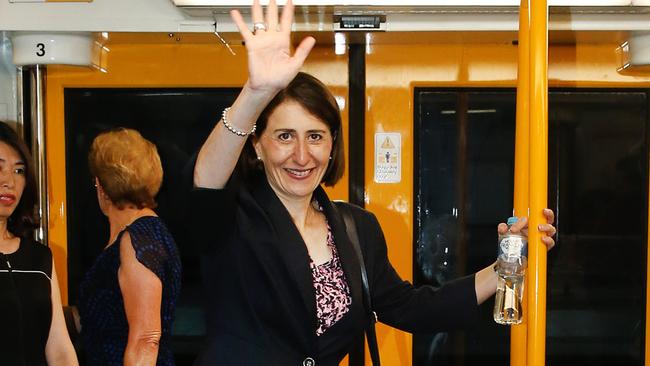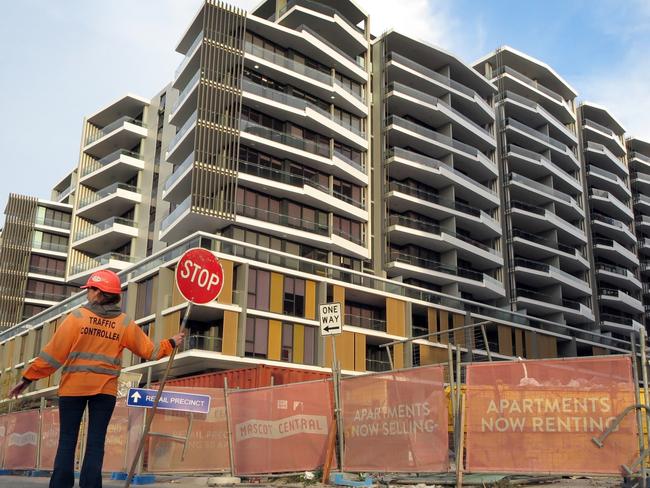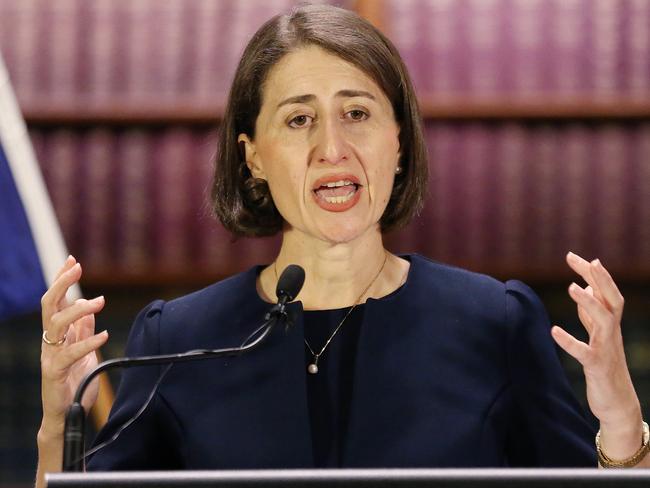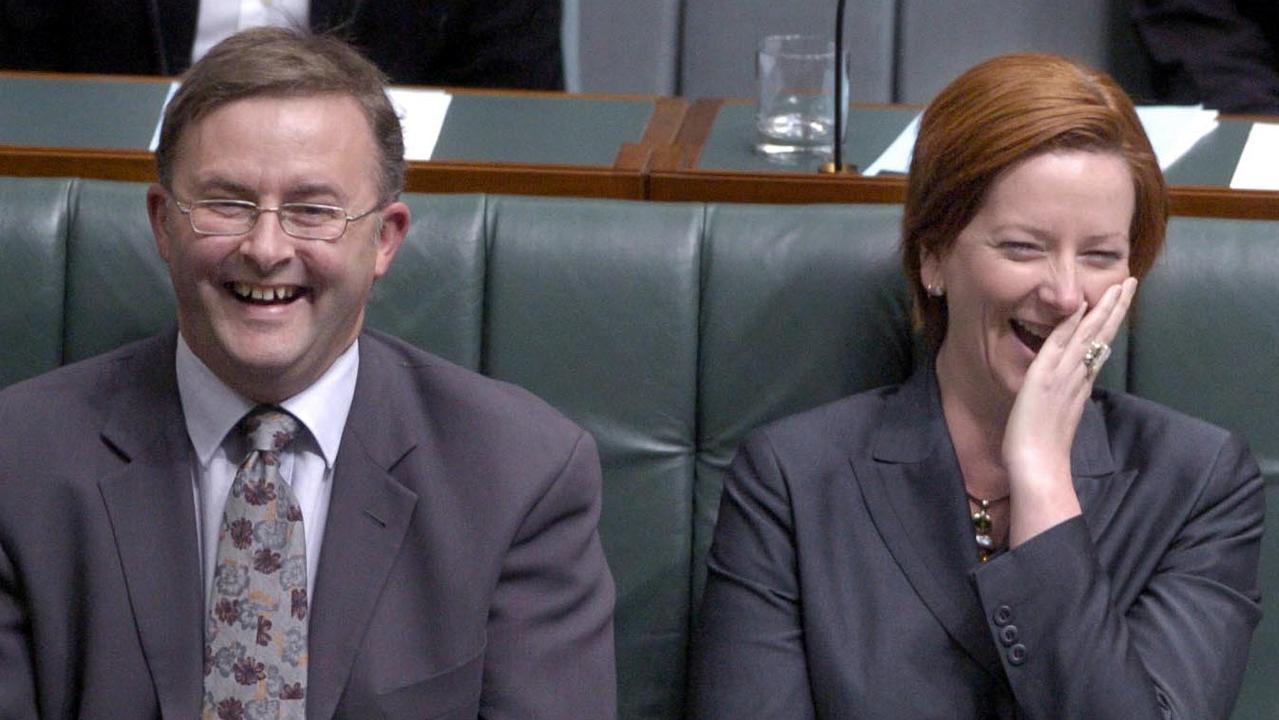Premier’s housing affordability promise ‘like putting out a bushfire with a garden hose’
THE new NSW Premier says she is committed to addressing housing affordability, but experts are not convinced she is serious.

NEW NSW Premier Gladys Berejiklian says she wants to make housing affordability a key pillar of time in the gig, but the strategy she’s flagged doesn’t have experts convinced the new Liberal leader is fair dinkum.
With the median house price in Sydney now sitting above the $1 million mark and the city recently named the world’s second most expensive for house prices, Ms Berejiklian knows property prices are a key issues for her state capital’s voters.
In her very first public appearance since taking the top job, the new Premier put housing affordability in her top three priorities leaving keen property seekers, particularly perspective first home buyers, anxiously awaiting to hear what her strategy would be to help them achieve their homeowning dream.
The answer? Increasing supply. Building new homes, particularly apartments, for people to move into.
In a high-demand market it’s of course crucial that supply must be boosted.
But while the simplistic solution makes sense, experts say it’s simply not enough. While it may be early to tell, the high number of new homes being built in Sydney appear to have a negligible effect on overall property prices — they’re not selling cheap.
From abolishing stamp duty to slugging foreign investors and advocating changes to negative gearing, there are a number of proactive and effective initiatives state governments can take when it comes to housing affordability.

According to chair of urban and regional planning and policy at the University of Sydney Peter Phibbs, talking about boosting supply is something politicians do when they want to be seen to care about the housing situation without acting on it.
“People have been pushing this line that new supply is gong to suddenly generate housing affordability outcomes for fix or six years, but if you draw a graph of supply and prices they’re going up together,” he told news.com.au
“If politicians were really interested in putting downward pressure on property prices, there are other things they could do.”
Ms Berejiklian has already ruled out, for the moment, what Mr Phibbs describes as the “single most important” of these, which is advocating to scrap commonwealth-controlled negative gearing concessions.
Aside from that, Prof Phibbs says adjusting tax settings is another strategy governments could take, as well as doing away with stamp duty altogether and introducing a more efficient land tax in its place.
The premier has said she was open to considering changes to stamp duty tax, and her new deputy and treasurer Dominic Perrotett hasn’t ruled out stamp duty exemptions for first home buyers on existing homes.
One potentially effective measure the state government has introduced and whose introduction Mr Berejiklian was essential to, is introducing a four per cent tax on foreigners who purchase property in the state as well as an ongoing surcharge.
But University of Sydney real estate and economics lecturer Danika Wright said the tax could be more effective if it was increased.
“This is a move in the right direction if we go with the theory that it will decrease the demand from foreigners,” she said.
“But if we compare it to a similarly Hong Kong-style tax, four per cent is a relatively modest amount. Given Victoria has seven per cent, Hong Kong last year went up to 30 per cent, and in Vancouver they have a 15 per cent foreign buyers tax.
“On top of all that there are some questions around whether it is a really effective policy given places like Vancouver and Hong Kong still remain up there in the places that are really difficult to get into.”
Dr Wright said it was important to have clear consideration around exactly what is trying to be achieved when it comes to housing affordability, whether that is making it easier for first home buyers to enter the market, pushing down prices, or decreasing demand from other areas.

According to Prof Phibbs, only focusing on supply is the goals for politicians when exactly what they want to do, is nothing at all.
“If you leave it to the market it’s an incredibly blunt tool. It’s like trying to put a bushfire out with a garden hose,” he said.
Prof Phibbs said that while governments realise housing affordability is an issue for a significant number of voters, it will never be seriously pushed up the list of priorities while they’re also acting in the interests of a big chunk of the population are owners and investors, essentially cheering prices up.
“What will probably change in Australia is a lot of people that in previous generations would be homeowners, are no longer going to be. We’ll end up with more renters than homeowners and that’s probably when we’ll see some real change from governments,” he said.
“But until then, the politics just don’t work.”
Treasurer Scott Morrison is in the UK trying to pick up tips from the conservative government on how it handled similar problems.
Victorian MP Michael Sukkar has been tasks with the job of guiding the federal government’s strategy on housing affordability. In his early comments about the issue, he too said the key was increasing supply, but admitted there was no silver bullet to resolving our property crisis.
Deputy Prime Minister Barnaby Joyce’s advice for people struggling to crack the Sydney property market is to get out of the city.
“Yes houses will be more expensive if you can see the Opera House and Sydney Harbour Bridge. Just accept that,” Mr Joyce told ABC Radio.
“If you decide you’ve got the gumption in you and you want to move to Charleville (rural Queensland) you’re going to have a very affordable house.”




